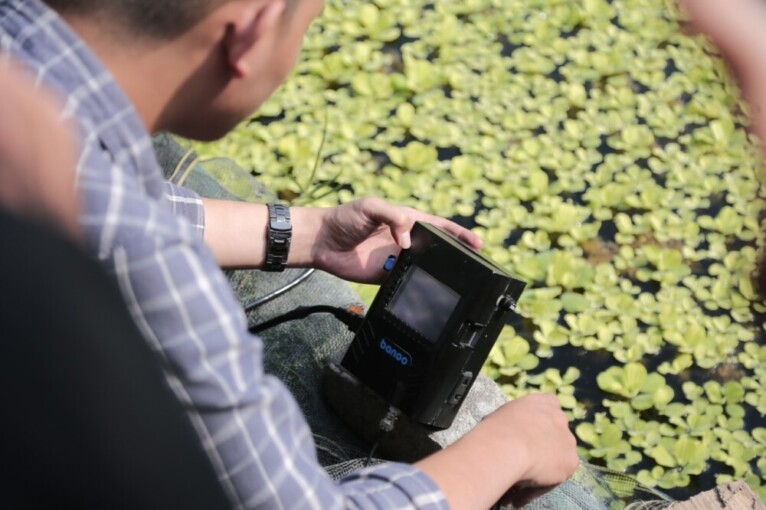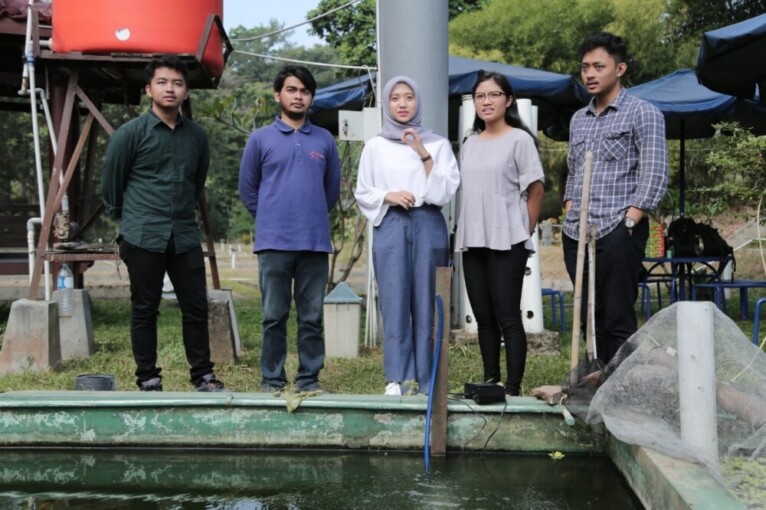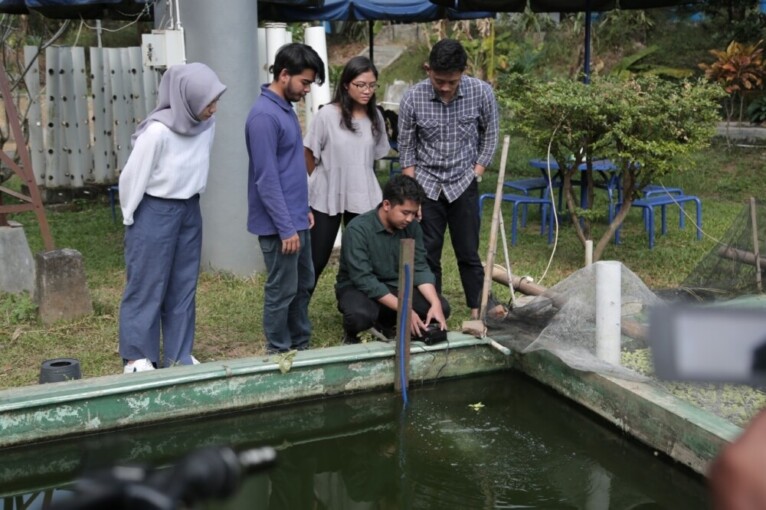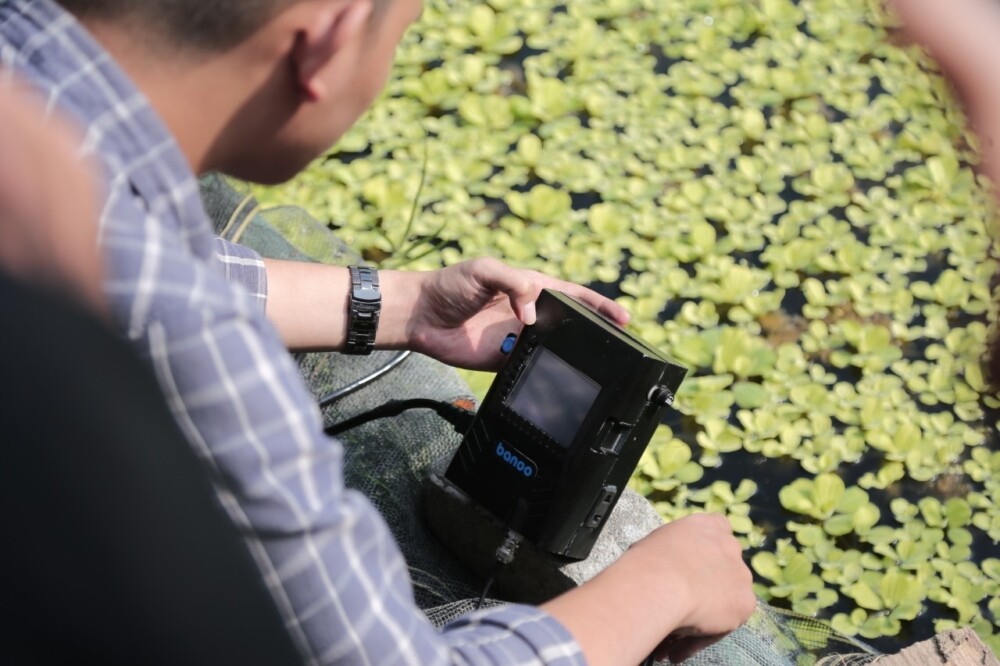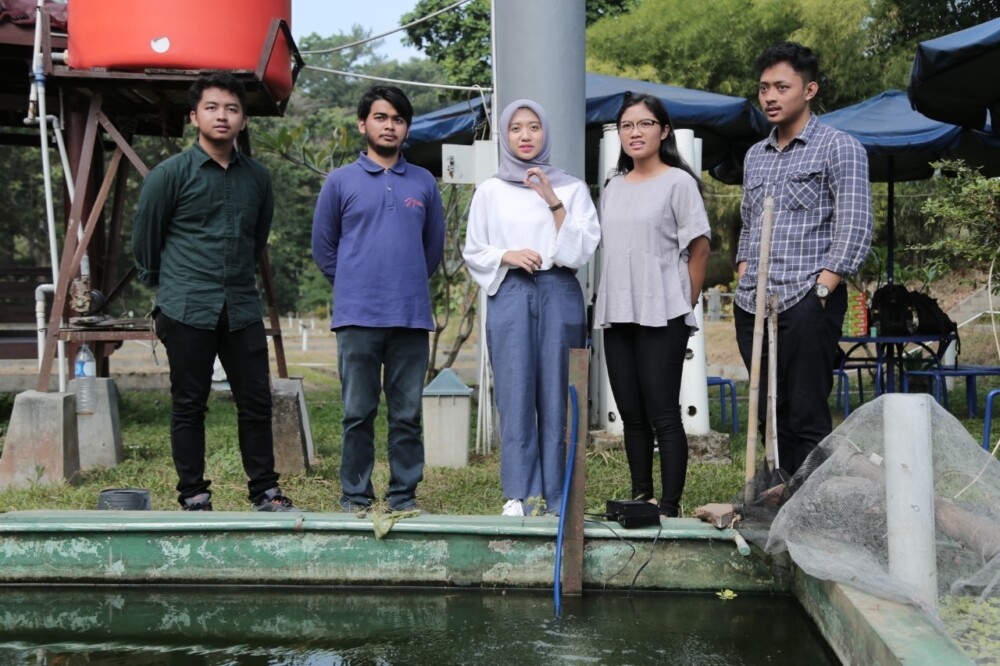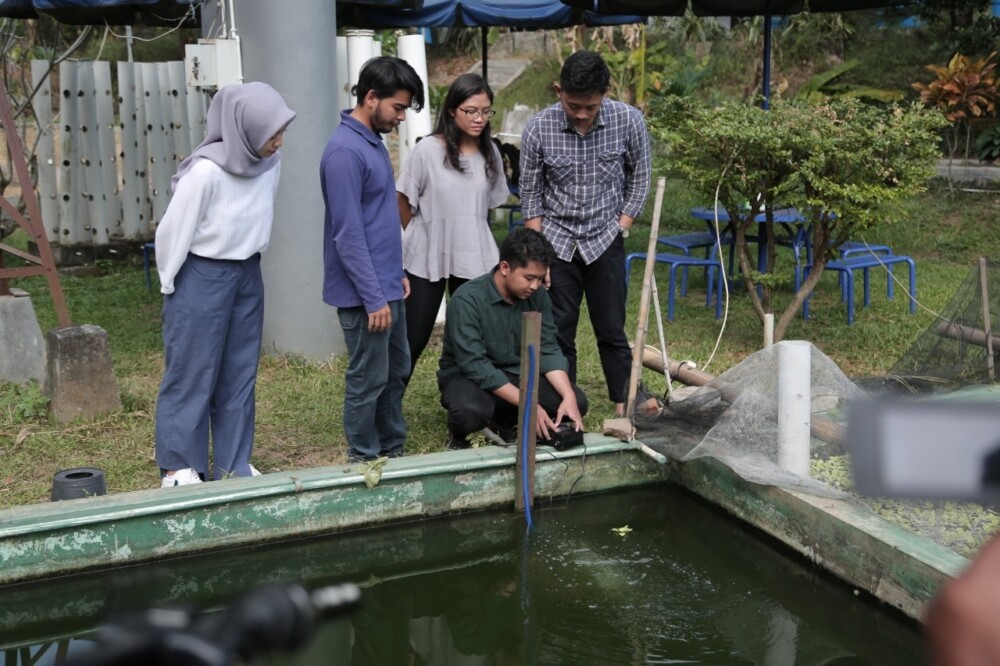The Banoo UGM team has made an outstanding achievement by winning the Cisco Global Problem Solver Challenge 2019 competition.
They were appointed as People’s Choice Award Winner in the competition with their Internet-of-Things (IOT) based fisheries technology innovation named as Banoo. Banoo won over thousand other proposals submitted by young innovators from around the world.
Banoo was born out of the hands of five young UGM innovators, Azellia Alma Shafira (Management), Muhammad Adlan Hawari (Electronics and Instrumentation), and Fakhrudin Hary Santoso (Fisheries), and Mechanical Engineering alumni, Katya Dara Ozzilenda Soegiharto and Ryan Wiratama Bhaskara. They developed the tool under the guidance of Dr. Deendarlianto, Dr. Wiratni Budhijanto, Prof. Rustadi, and Nofie Iman Vidya Kemal, Ph. D.
“Banoo is an IoT and renewable energy based technology innovation to empower fish farmers in Indonesia and to realise the Sustainable Development Goals (SGDs),” said team chairman, Azellia Alma Shafira, in a press conference at incubator labs of Faculty of Agriculture UGM on Tuesday (17/6).
Shafira explained it all started from the concerns that fish farming in the country was still low due to its conventional and extensive nature. “Banoo technology can build a more efficient, intensive, and inclusive fish farming ecosystem that can improve the welfare of the farmers,” she explained.
The team made the microbubble generator in order to increase the water quality with the help of IoT, which is a sensor to activate the microbubble generator automatically. The microbubble generator can increase the amount of dissolved oxygen in the water so that the growth of the fish may accelerate while harvest time gets shorter and yields improve.
“Banoo can increase productivity up until 40 percent and shorter harvest time which is 3 months,” she said.
Banoo uses renewable energy from solar panels while the machine pumps use a low wattage at 85 Watts to save electricity.
Fakhrudin added Banoo can be used for tilapia and catfish farming at a 3×4-meter and a depth of 80 cm-1 meter pond. The tool works when the oxygen level in the water changes. The IoT sensor will detect the fluctuation of the oxygen level. If the oxygen reduces, the tool will send a signal to turn on the microbubble generator.
“We have set the sensor to activate the microbubble generator at the threshold of 8.0 ppm. If the level of dissolved oxygen in the pond is 5.0 ppm, the tool will send a signal to the microbubble generator and if it reaches over 8.0, the tool will turn off automatically,” he said.
Fakhrudin said they would continue developing the tool by adding functions such as pH level detectors.
“We will continue to develop the tool and we hope with Banoo, the farmers can independently make earnings sustainably and have food sources,” he said,
The Banoo innovation is fully supported by Universitas Gadjah Mada, Research, Technology, and Higher Learning Ministry, Pertamina (Persero), and PT Mino Teknologi Indonesia. With its slogan “Invest in Water, Relieve Hunger”, Banoo enables Indonesians to take part in the achievement of food-sovereign country.



